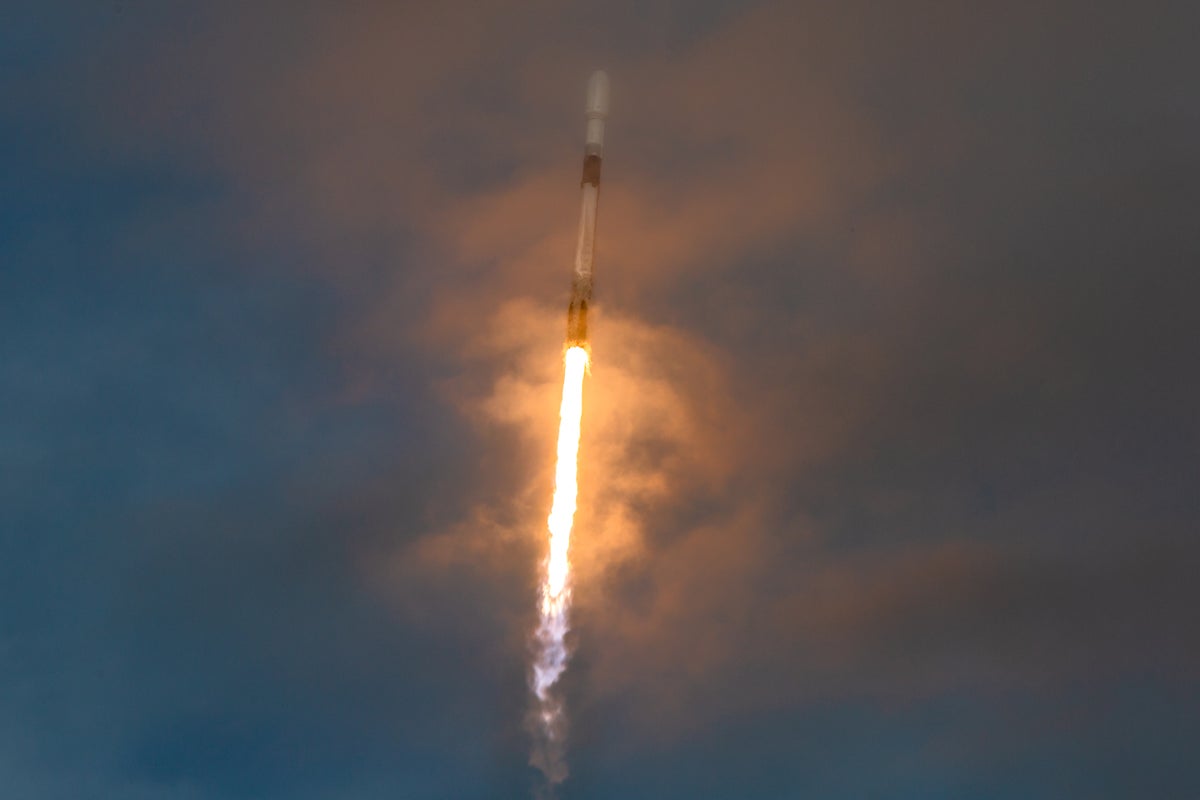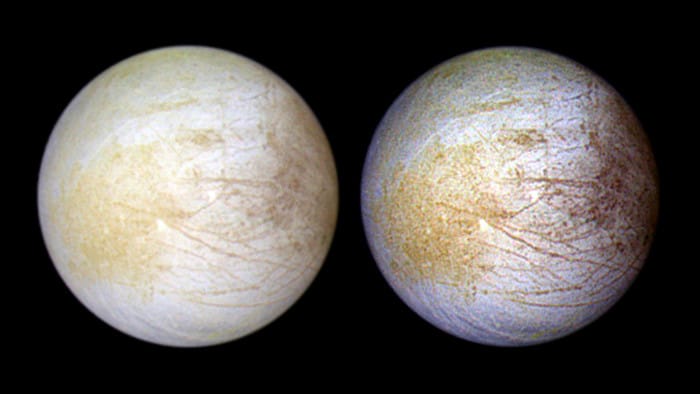In a bold vision for future space exploration, researchers have proposed sending a fleet of autonomous underwater vehicles to Europa, Jupiter’s icy moon, to search for signs of life in its vast subsurface ocean.
The ambitious plan, detailed in Science China Earth Sciences, outlines how specialized submarines—called Extraterrestrial Autonomous Underwater Vehicles (Exo-AUVs)—could drill through Europa’s thick ice shell and explore its ocean depths, which may harbor conditions suitable for microbial life.
A Three-Part Exploration System
The research team envisions a system consisting of three main components: a carrier vehicle to penetrate the ice, a survey submarine for long-range exploration, and an observation module for detailed local investigation. This multi-vehicle approach would allow scientists to explore Europa’s ocean at different scales, from vast regions to microscopic details.
Drilling Through an Alien World
The ice-penetrating carrier would use either a Small Modular Reactor or Radioisotope Thermal Generator for power, employing a combination of heat and mechanical force to bore through Europa’s icy shell, which could be tens of kilometers thick. The pressure at the deepest points of Europa’s ocean could be twice that found in Earth’s Mariana Trench.
Two Types of Underwater Explorers
The exploration system includes two specialized submarines. The survey vehicle features a foldable wing design for long-distance travel, while the observation module has a disc-like shape and multiple thrusters for detailed examination of specific areas. These vehicles would work together, with the larger survey submarine acting as a transport and charging station for the smaller observation unit.
Searching for Signs of Life
The submarines would carry a variety of scientific instruments, including acoustic sensors, cameras, and tools for chemical and biological analysis. These would allow them to search for potential biosignatures—indicators of past or present life—from kilometer-scale features down to microscopic details.
Meeting the Challenges
Operating in Europa’s environment presents unique challenges. The intense radiation from Jupiter requires special protective materials, while the vast distance from Earth means commands can take up to 30 minutes to reach the vehicles. To address this, the submarines would need sophisticated autonomous systems to navigate, collect samples, and make decisions without real-time human input.
Building a Network
If the initial mission makes significant discoveries, the researchers suggest that additional systems could be launched to create a network of explorers spanning Europa’s global ocean. This would enable comprehensive mapping and investigation of potentially habitable environments beneath the ice.
Looking Forward
The study represents an important step in planning how humanity might search for life in Europa’s ocean, potentially answering one of science’s most profound questions within this century: are we alone in the solar system?
The research outlining this exploration strategy was published in Science China Earth Sciences. The work provides a roadmap for future missions to explore icy worlds like Europa and Enceladus in the search for extraterrestrial life.
If you found this piece useful, please consider supporting our work with a small, one-time or monthly donation. Your contribution enables us to continue bringing you accurate, thought-provoking science and medical news that you can trust. Independent reporting takes time, effort, and resources, and your support makes it possible for us to keep exploring the stories that matter to you. Together, we can ensure that important discoveries and developments reach the people who need them most.
























































